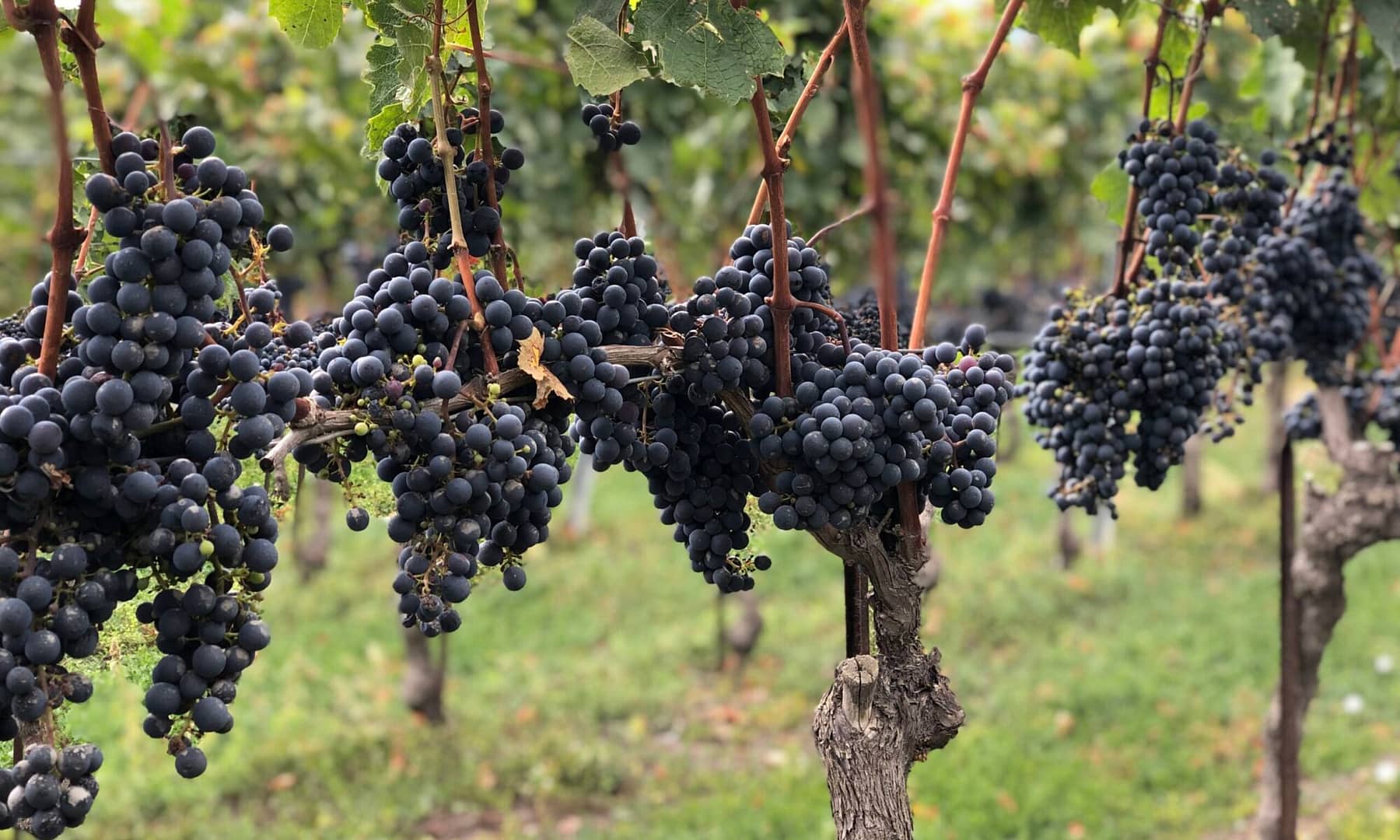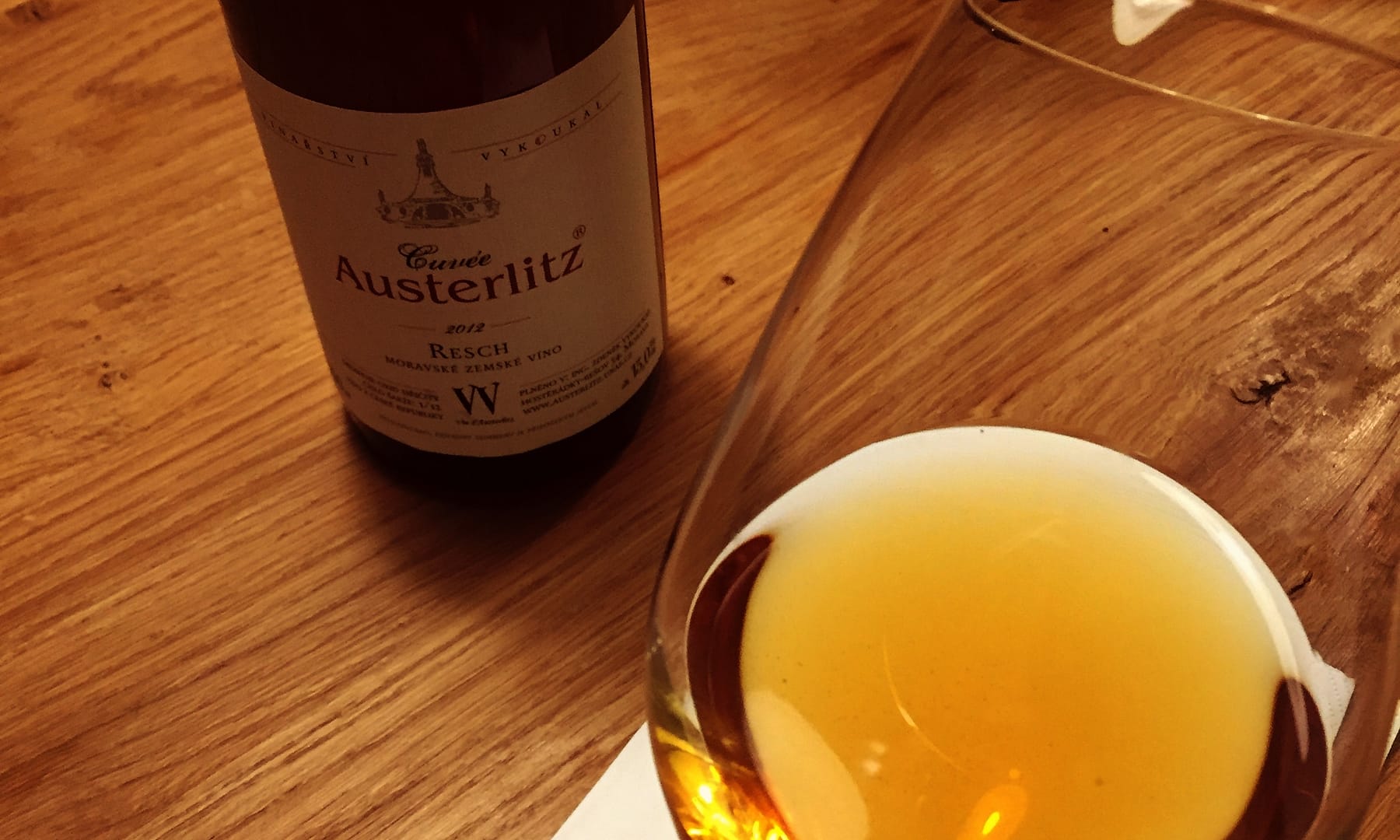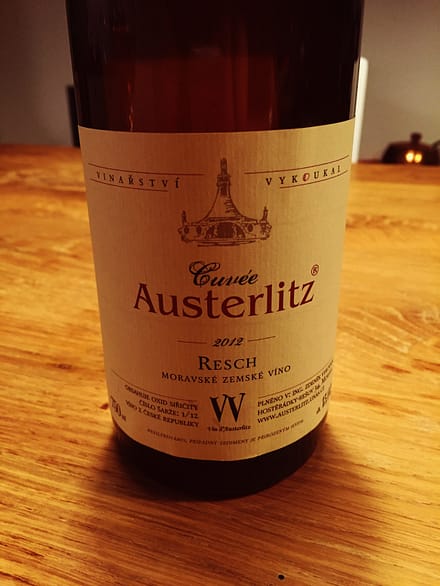The first time I tried an orange wine, it was… confusing. It was like feeling that all the associations you have learned between, colour, viscosity and aromatic profile were not applicable anymore. It takes some time for you to create a judgment in your head, as there is so much going on around your palate.
Orange wines are sometimes hard to find but could be an interesting experience beyond your usual whites and reds. It might introduce you to a different combination of flavors or, at least, be a good ice breaker for a conversation. The color of the wine gave origin to its name (lately also referred to as “Amber wine”).
The orange wine is made out of white grapes that went through an equivalent of a red wine production process. So we are talking about having the white grapes macerated together with their skins. This process adds an extra layer of complexity to the wine. Not only a new range of flavors are incorporated but also, and most interestingly, new textures. The presence of tannins from to the skin maceration contributes to its aging potential, while adding a bit of astringency that surprises the palate.
Some other steps are used in the process to enhance the unique features of this style. One of them is using amphora during the fermentation, instead of wood or steel. That rubs in an extra level of earthiness and salinity to the already existing ones in the wine.
A good friend of mine gave me this pretty Cuvée Austerlitz below, Orange wine from Moravia, Czech Republic. We enjoyed it this week on the first sunny day after the long visit of a cold front here in Europe… soon to welcome spring.
The wine has a strong golden color, with mild sedimentation since this one is not filtered. For the tasting notes, the opening has bold bitter leaves, candied orange peel, bay leaf, fig leaves, grapefruit and some pomegranate. A handful of crushed elderflowers, honey and earthy tones with terracotta and gravel. Not a fruit driven wine. Cutting through the citrus bitter tastes comes a dusty earthiness of terracotta. It lingers for some time halfway through your palate. The wine at this point sets the expectation for its exit. After feeling that you are eating caramelized orange peel while sitting on a plain of wet terracotta, the finishing is like joining a friend for an afternoon tea. A beautiful long finish with wild honey, ginger, tea leaves and chamomile. I found this contrast and succession of flavors particularly fascinating.
Orange wine is not an easy drink. Definitely not for every occasion either. It is a wine that creates noise and asks for some attention. Only after you are ready to listen, it exposes its depth and complexity of flavors.
It is not difficult to see a good marriage between this wine with a roasted pork belly on orange sauce…



